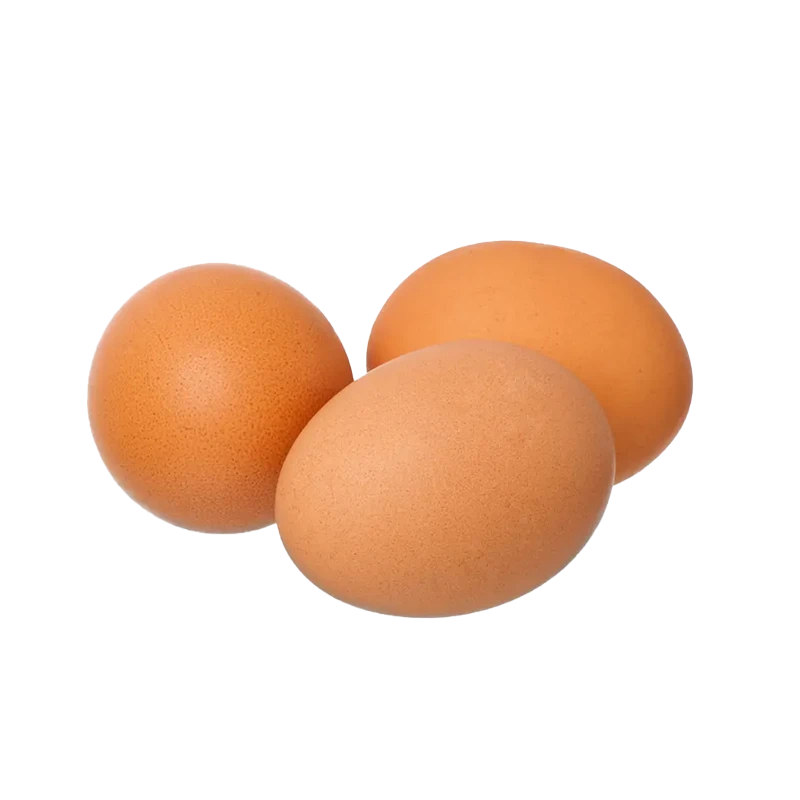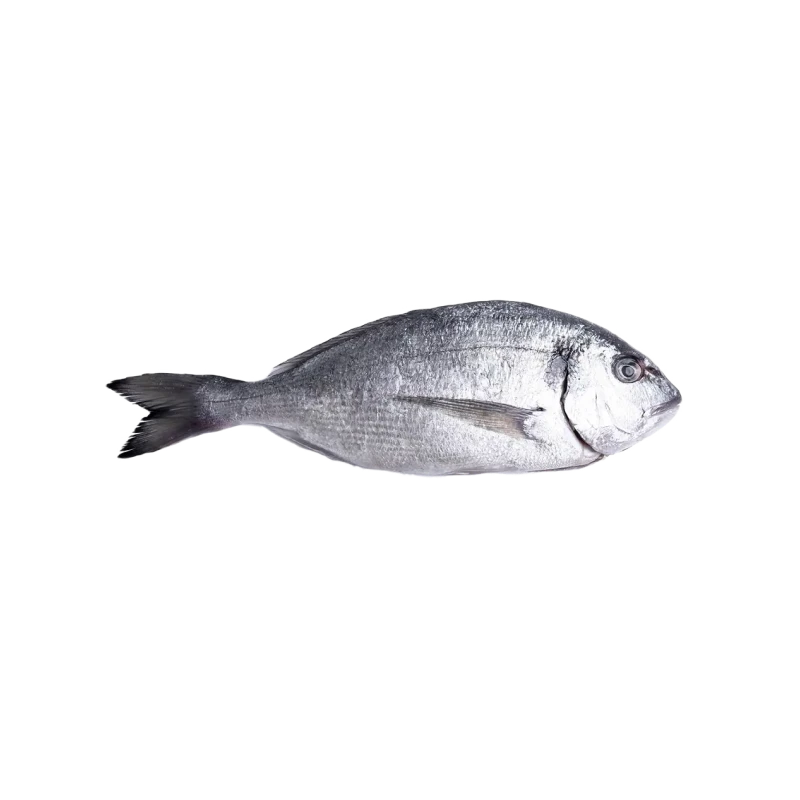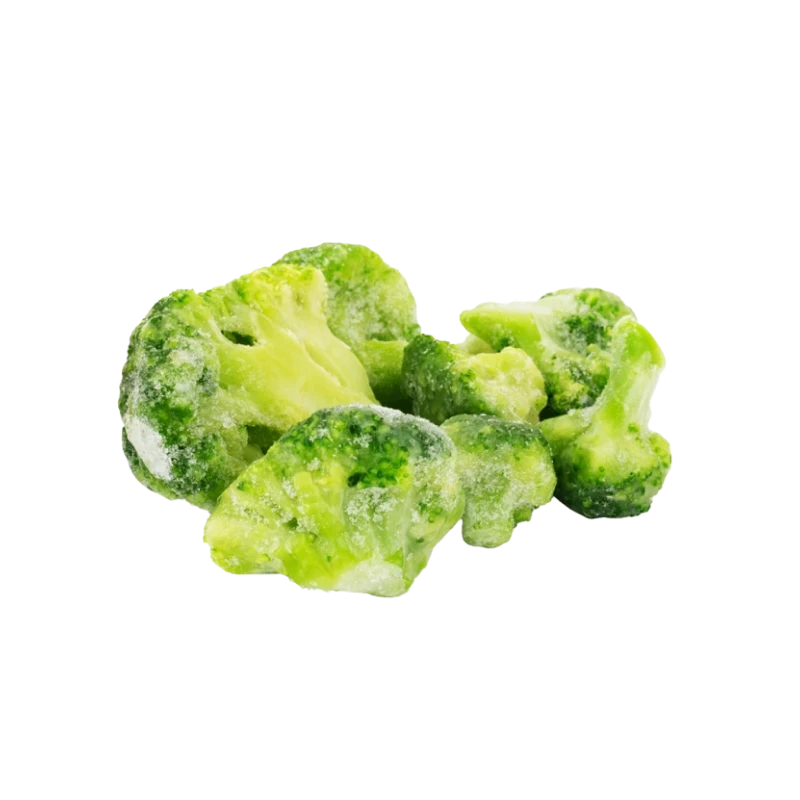Cake Flour — Nutrients, Health Benefits, and Shopping Tips
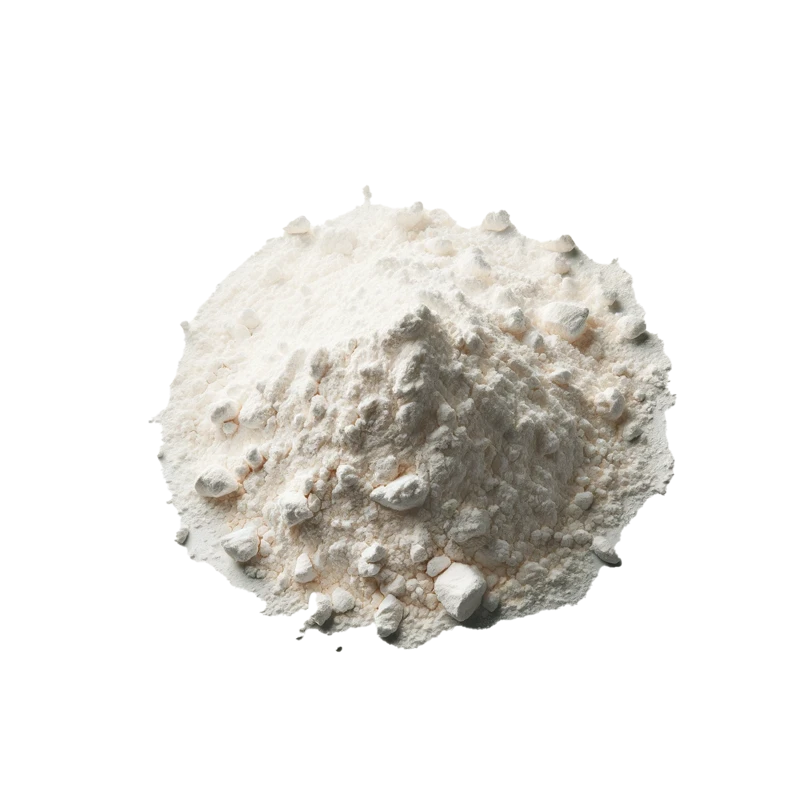
Written by Listonic Team
Last update on September 4, 2024
Nutrients
Nutrition facts
Amount per 100 g
Calories
🔥 364 kcal
| Nutrients per: 100 g | Value | % Daily Value* |
|---|---|---|
| Carbs | 76 g | 27.64% |
| Fiber | 2 g | 7.14% |
| Sugars | 0 g | - |
| Glycemic Index | 85 | - |
| Protein | 10 g | 20% |
| Sodium | 2 mg | 0.09% |
| Total Fat | 1 | 1.28% |
*The % of Daily Value (DV) tells you how much a nutrient in a serving of food contributes to a daily diet. 2,000 calories a day is used for general nutrition advice.
10 g
🧀 Good Protein Content
1 g
🥕 Low Fat Content
Key takeaways
Health benefits
- Low in protein, making it ideal for tender and light baked goods such as cakes and pastries.
- Provides a fine texture to baked goods, resulting in a soft and delicate crumb.
- Enriched with vitamins and minerals (if fortified), such as iron and B vitamins, which support overall health and well-being.
- Versatile in baking, used in a variety of recipes to achieve desired textures and outcomes.
Health risks
- Low nutrient density as cake flour is typically made from refined white flour, lacking essential nutrients and fiber compared to whole grain flours.
- High carbohydrate content which can cause rapid spikes in blood sugar levels, particularly concerning for diabetics or those on low-carb diets.
- Potential for gluten content making it unsuitable for individuals with celiac disease or gluten sensitivity, potentially causing digestive discomfort and other health issues.
- Potential for overconsumption when used in baking, leading to excessive intake of sweets and associated health risks like weight gain and dental issues.
How to choose cake flour
When selecting cake flour, opt for a product that is finely milled and has a soft, silky texture. This type of flour should be pure white. Look for brands that ensure a high starch content, which is ideal for tender cakes.
Avoid cake flour that appears clumpy or has a yellowish tint, as this can indicate age or poor storage conditions. A good quality cake flour will have a uniform consistency and be free from any foreign smells.
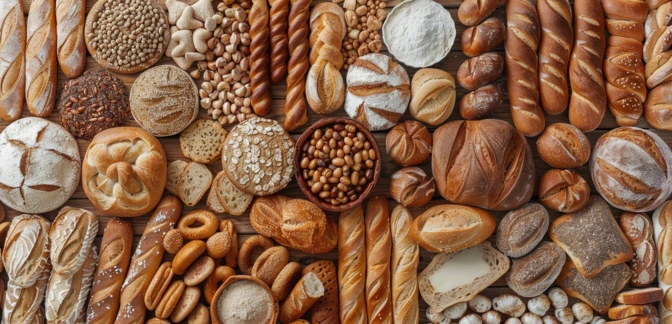
How to store cake flour
Cake flour should be stored in an airtight container in a cool, dry place. A pantry or kitchen cabinet is ideal to protect it from moisture and pests. Properly stored, cake flour can last up to a year.
Exposure to humidity can cause cake flour to clump and spoil, so these conditions should be avoided. Storing it near heat sources is not advisable, as this can degrade its quality. Regularly checking for pests helps maintain the flour's freshness and safety.
✅ Extra Tip
How long does it last?
Cake flour can last for 6-8 months when stored in an airtight container in a cool, dry place. For longer storage, it can be kept in the refrigerator or freezer, where it can last up to 1 year. Proper storage helps maintain its quality and prevent it from absorbing moisture or odors.
What to do with leftovers?
Leftover cake flour can be used in a variety of baking projects. It’s ideal for making light and fluffy baked goods like cakes, cupcakes, and pastries due to its lower protein content. You can also use it to dust baking pans or roll out dough, ensuring a fine, tender texture.
Beyond baking, cake flour has some unconventional uses. It can be used as a dry shampoo in a pinch, helping to absorb oil from the hair. Cake flour can also be sprinkled over surfaces as a light dusting powder to prevent sticking, such as when working with sticky doughs or in craft projects. Additionally, it can be used in homemade beauty treatments; mixing cake flour with water creates a gentle face mask that helps absorb excess oil from the skin.
👨⚕️️ Medical disclaimer
Discover products from other categories
Listonic Team
Fact-checked
Our editorial team checked this article to make sure it was accurate at the time of publishing it.
Get the top-rated shopping list app

cake flour


